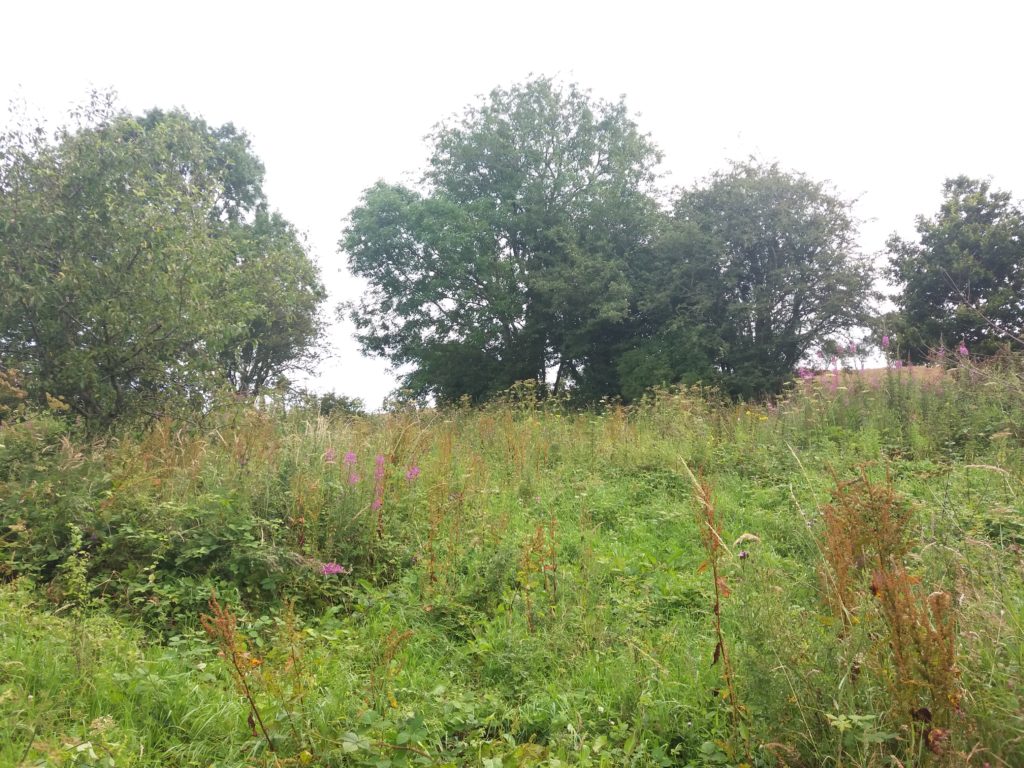
Last year Arbtech assisted on a project in Corwen, North Wales. We carried out a Preliminary Ecological Appraisal, which was submitted as part of a planning application to Denbighshire County Council.
The site was based on Corwen, which is a town in Denbighshire North Wales. Corwen stands on the banks of the River Dee beneath the Berwyn mountains. The town is situated 10 miles west of Llangollen and 13 miles south of Ruthin.
The proposed development was the erection of an equestrian stable and outdoor menage on a piece of land adjacent to the client’s house.
One of our consultants arranged the survey by calling the client directly, soon after their instruction. After talking through the process of the survey and what was required, the date and time convenient for the client was arranged.
Mel turned up to site at the specified date and time with everything she needed for the survey. She conducted a visual inspection of the piece of land that was due to be developed. To understand what is involved in a preliminary ecological appraisal and why they are carried out please see the informational box below.
Preliminary ecological appraisals (also known as ecology surveys, biodiversity surveys, walkover surveys and protected species surveys) are carried out, most often to inform a planning application. The required so that the local planning authority are aware of any ecological issues with the sites (for example protected species or habitats presence). It gives the LPA an idea of what the habitat value of the proposed development site is and if there will be a big impact on the habitat. Further surveys may be required to determine the presence/absence of a protected species if there is potential habitat for them on site. Some of the protected species that we look for evidence for include:
– Bats
– Great Crested Newts
– Badgers
– Nesting birds
– Reptiles

After completing the visual inspection of the site, Mel then talked the client through her findings and explained the next steps. The next step was for the desk study to be carried out. this involves an internet search of nearby protected sites, including sites of special scientific interest and local nature reserves. It also involves looking at records of any protected species near the site, including any European Protected Species Licences that have been granted for protected species.
After completing both the site visit and desk-study, the report was then ready to be sent to the client. As the site was relatively small and the project itself small-scale, no further surveys were needed due to the expected lack of impact on any potentially present protected species. Precautionary measures for nesting birds and reptiles were recommended to mitigate the already low chance of harm to any protected species. This mostly involved timing the works to occur when these species are at their least vulnerable (for example not breeding or hibernating).
Thanks to a thorough survey and report, planning has now been granted for this development and is proceeding with the recommended precautionary measures. If you require a similar survey for your planning application please get in touch via our website or call our head office on 01244 661170 to get a same-day quotation.
If you require a speedier service we also offer rapid and next working reports to help you prevent delays in your planning application.
“Outstanding service from my initial enquiry through to the survey being completed. Very professional company and would highly recommend, I will certainly be using them again….Thank you!”
